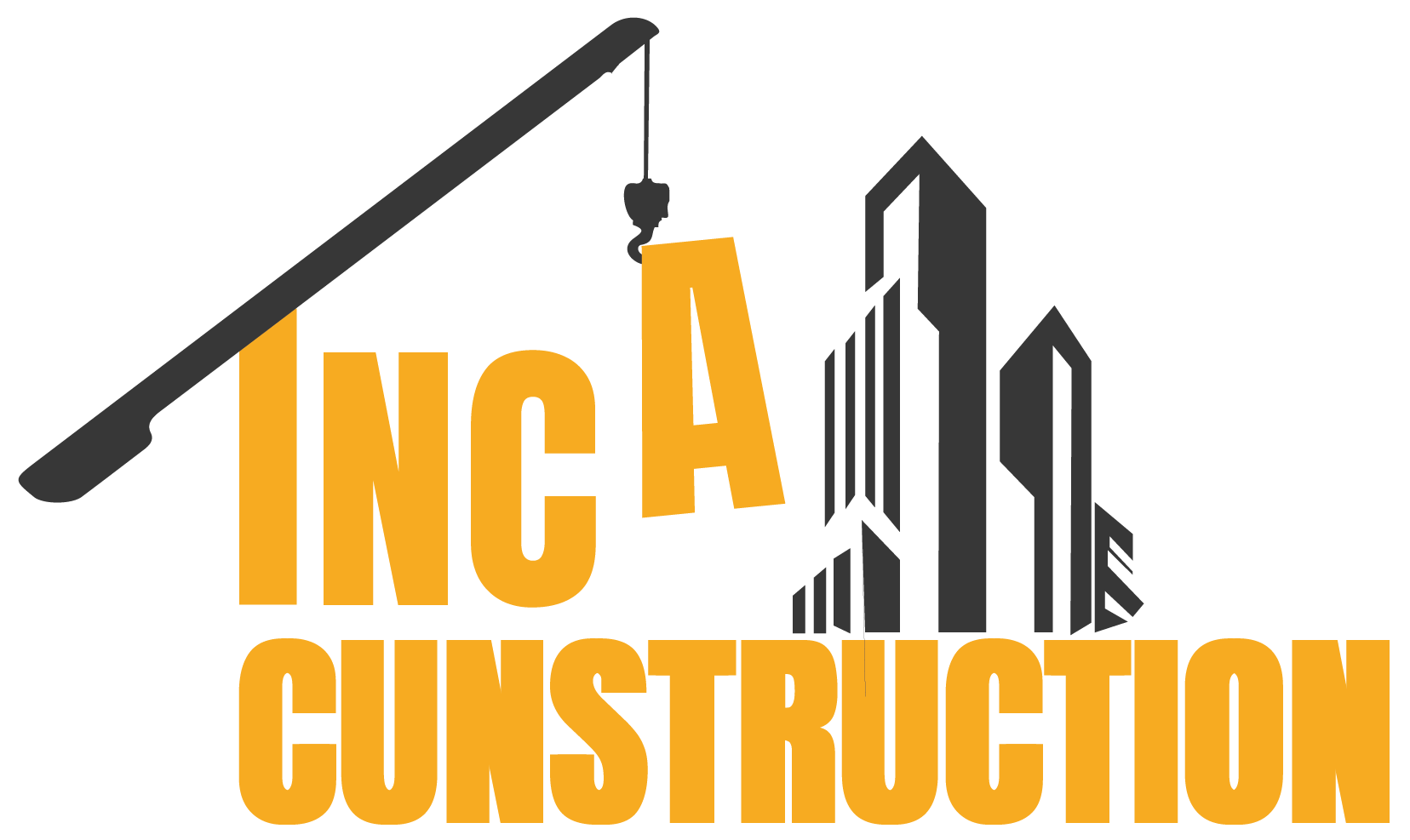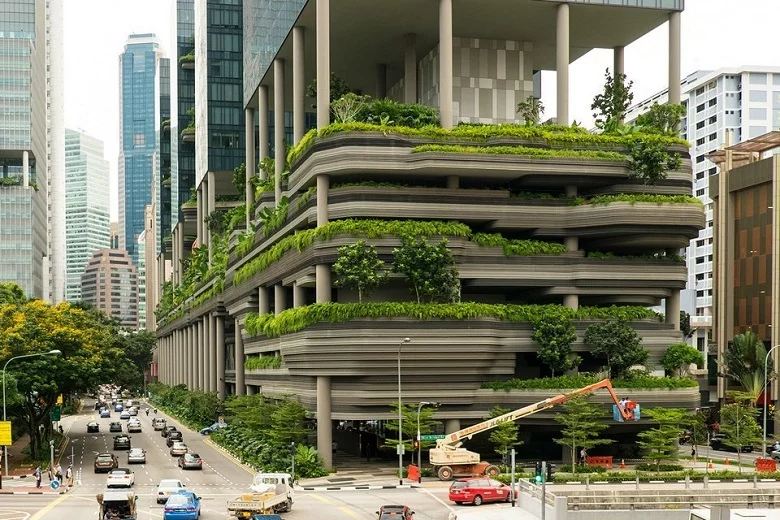The first time I stepped into a truly green building, I was amazed—not just by how beautiful it was, but by how alive it felt. Natural light poured through the windows, the air was clean and fresh, and even the materials seemed to whisper “sustainability.” That was the moment I realized: architecture isn’t just about buildings—it’s about our relationship with the planet.
Green building practices aren’t a trend. They’re a necessity. With climate change accelerating and natural resources becoming more limited, architecture has a massive role to play in creating a healthier, more sustainable world.
So, let’s explore how smart design, thoughtful materials, and innovative systems can help save the environment—one building at a time.
🏗️ What Are Green Building Practices?

Green building practices refer to design and construction strategies that reduce the environmental impact of buildings throughout their entire life cycle—from construction to operation and beyond.
These practices focus on:
-
Energy efficiency
-
Water conservation
-
Sustainable materials
-
Indoor environmental quality
-
Waste reduction and recycling
The goal? To build smarter, cleaner, and more resource-conscious structures that support both the planet and the people inside them.
🌍 Why Green Building Matters
Buildings account for nearly 40% of global carbon emissions, largely due to construction processes, energy usage, and materials. That’s huge.
By shifting to sustainable design, we can:
-
Lower greenhouse gas emissions
-
Reduce energy and water consumption
-
Improve indoor air quality
-
Cut long-term operating costs
-
Create healthier, more comfortable spaces for people to live and work
Green architecture is environmental activism in physical form.
🧱 Key Green Building Practices in Modern Architecture
Let’s break down the core components of a green building and how each contributes to environmental sustainability:
🌞 1. Energy-Efficient Design
This is where most buildings make the biggest environmental impact.
Common features:
-
Solar panels and renewable energy systems
-
Smart HVAC systems with zoning controls
-
LED lighting with occupancy sensors
-
High-performance insulation and double-glazed windows
-
Energy modeling during design to predict and reduce usage
Energy-efficient buildings cost less to run and drastically reduce carbon footprints.
💧 2. Water Conservation Strategies
Water is a finite resource, and buildings use a lot of it—especially in restrooms, landscaping, and cooling systems.
Water-saving features:
-
Low-flow toilets and faucets
-
Rainwater harvesting systems
-
Greywater recycling for irrigation
-
Drought-resistant landscaping (xeriscaping)
-
Drip irrigation instead of traditional sprinklers
These solutions reduce water bills and preserve local ecosystems.
🧱 3. Sustainable Building Materials
Construction materials matter. Choosing low-impact options can drastically reduce a building’s environmental footprint.
Smart material choices:
-
Recycled steel, reclaimed wood, or bamboo
-
Low-VOC paints and finishes (for healthier air)
-
Locally sourced materials to reduce transportation emissions
-
Rapidly renewable resources (like cork or strawboard)
-
Modular or prefab construction to reduce waste
The aim is to use materials that are safe, durable, and responsibly sourced.
🌿 4. Indoor Environmental Quality
Green buildings don’t just help the planet—they improve the lives of the people inside.
Healthy building practices:
-
Natural lighting and ventilation
-
Air purifiers or filtration systems
-
Acoustic insulation for noise reduction
-
Non-toxic finishes and adhesives
Studies show that good indoor air quality and natural light can boost productivity, mood, and even cognitive function.
🗑️ 5. Waste Reduction and Smart Construction
Green building also means building smarter, with less waste and more efficiency.
Examples include:
-
Construction waste recycling and reuse
-
Modular building methods to reduce material cuts
-
Deconstruction instead of demolition (to salvage materials)
-
Digital design tools like BIM (Building Information Modeling) to prevent over-ordering
It’s all about creating more with less.
🏆 Certifications That Promote Green Building
To standardize green practices, several organizations certify eco-friendly buildings. These aren’t just badges—they’re roadmaps to better building.
-
LEED (Leadership in Energy and Environmental Design) – most widely known
-
BREEAM (UK-based)
-
WELL Building Standard – focuses on human health
-
Living Building Challenge – ultra-sustainable, zero-impact goals
-
Green Globes – flexible, cost-effective green rating system
These certifications incentivize sustainability and provide clear guidelines for going green.
🏙️ Real-World Examples of Green Architecture
Green building isn’t hypothetical. Here are a few inspirational structures making a difference:
-
The Edge (Amsterdam): One of the smartest and most energy-efficient office buildings in the world
-
Bullitt Center (Seattle): Net-zero energy building with composting toilets and rainwater use
-
Singapore’s Changi Airport Terminal 3: Features skylights, vertical gardens, and smart cooling
-
Bosco Verticale (Milan): Residential towers covered with over 900 trees and 20,000 plants
-
BedZED (London): Zero-energy housing development using reclaimed materials and solar power
Each of these buildings shows that eco-friendly design can be both functional and beautiful.
✅ Final Thoughts: Designing a Greener Future
Green building practices are more than a checklist—they’re a mindset shift. It’s about realizing that architecture can either hurt or heal the planet. And with the technology, knowledge, and materials we have today, there’s no excuse not to build better.
Whether you’re an architect, a homeowner, or just someone passionate about the planet, remember this: Every eco-friendly choice adds up. From rooftop gardens to solar panels to energy-efficient bulbs—you’re building the future, one decision at a time.
Let’s make it a sustainable one.

